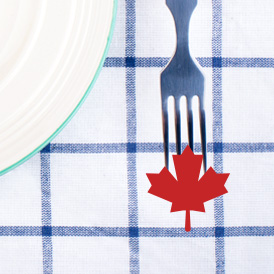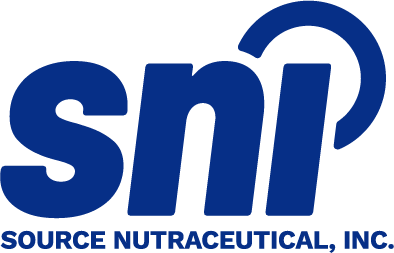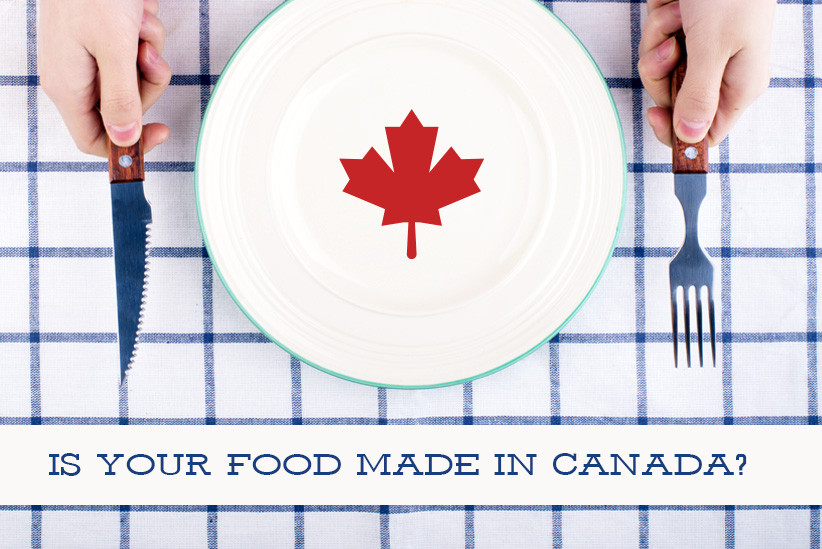When shopping, do you find yourself looking for some indication that your food was made in Canada? But what does that really mean? As of now, the Canadian government allows for a couple different types of “origin” claims.

- Product of Canada
Means virtually all major ingredients, processing and labour used in making the food are Canadian. In order to be considered truthful, only up to 2% of the product should be produced outside of Canada. - Made in Canada
These claims are required to use a qualifying statement such as “from imported ingredients”, and they can be used on a food when the last substantial transformation occurs in Canada, although some ingredients are from other countries.
These current guidelines make it difficult or impossible for Canadian companies to use the claims since certain ingredients are not available year-round (fresh fruits) or not grown at all on Canadian soil (cane sugar and certain spices).
At the end of May, the Canadian government announced its proposed changes to these guidelines and has allowed for public consultation until the end of June. These proposed guidelines will lower the threshold for Product of Canada claims from 98% major ingredients to 85% major ingredients required to be Canadian. In addition, a qualifying statement will no longer be required with the “Made in Canada” claim.
The intent of the proposed guidelines is to help consumers understand where their food is from. These types of “origin” claims are voluntary, but could be used as a selling feature to consumers interested in buying local.
What do you think of these changes? Have your say on CFIA until June 23 here!




